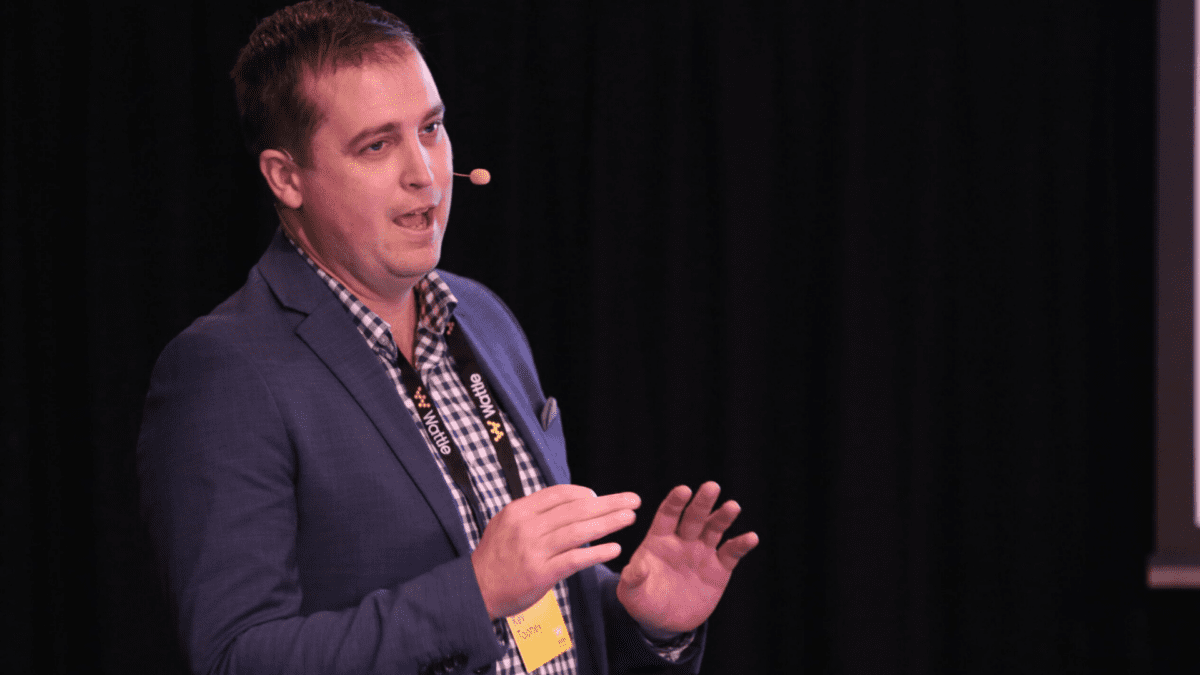RBA raises rates again, but end may be in sight
The Reserve Bank of Australia (RBA)’s October rate rise could hit some homeowners hard, and while the central bank has signalled more rate rises ahead some economists say the end of the rate-rise cycle could be near and rates might even fall in 2023.
The RBA raised rates by 25 basis points, taking the cash rate to 2.6 per cent, the sixth rate rise this year. The RBA will be assessing the impact of the rise in credit costs and the impact they will have on households, many of which would have seen a sharp rise in mortgage payments.
The RBA said in its recent Financial Stability Review that while households are generally in strong shape, finances are becoming more difficult. “Households, firms and banks are generally entering this more challenging environment in a strong financial position, though pressures on household budgets and business cash flows are rising and housing prices are declining,” the RBA stated this month.
A little more to come
Shane Oliver, chief economist at AMP Australia, expects another 25 basis point rate rise in November, the final one for some time. That would take the cash rate to 2.85 per cent, “which we still expect will be the peak in the cash rate, albeit the risk is on the upside to 3.1 per cent. We still see rates falling late next year.”
The rise in mortgage costs so far this year would have hurt some households hard. According to Oliver, more than one third of Australian households with a mortgage will have seen a greater than 40 per cent increase in payments.
“This is about 1.3 million households, and most have already cut back their spending. A rise in the cash rate to 4 per cent would push total mortgage repayments to record highs relative to household income and will stretch households.
“Looked at another way, a variable rate borrower on an existing $500,000 mortgage will see about $75 added to their monthly payment from [this month’s] hike which will take the total increase in monthly payments since April to $740 a month. That’s nearly $9,000 a year which is already a massive hit to household spending power,” Oliver says.
CommSec chief economist Craig James agrees, and says much of the heavy lifting has been done by the RBA in cooling inflation. The Commonwealth Bank expects the Reserve Bank to lift the cash rate another 25 basis points at its November meeting, the final rate rise this cycle.
“The Reserve Bank has also achieved a major milestone in getting the job market to full employment. And it doesn’t want to risk that tremendous achievement by pushing the economy into recession,” James says.
“The cash rate is now in the 2.5 to 3.5 per cent band and that should see economic growth and inflation easing to longer-term trend rates over time.”
Other economists see rate cuts in 2023
Like AMP’s Shane Oliver, investment bank UBS also expect a possible rate cut next year, after two more rate rises this year. “We still look for two more hikes of 25 basis points each in November and December, to a peak of 3.10 per cent,” said UBS chief economist George Tharenou.
“Looking further ahead – and conditional on the UBS global view of sharply weaker inflation in 2023 leading to the Fed and other central banks cutting rates in late-2023 – we also see the RBA cutting by 50 basis points in the second half of 2023,” he said.
Another reason the RBA might be considering a halt to raising rates is an expected slowdown in jobs growth. ANZ job advertisements fell by 0.5 per cent in September and momentum in new job vacancies is slowing. If the cash rate reaches around 4 per cent, then a significant lift in the unemployment rate would be likely, according to AMP’s Shane Oliver.
“To avoid overtightening as in 1989, the key is to slow down the pace of hikes to allow time for the lags to work – and this is what the RBA now appears to be doing,” he said.









